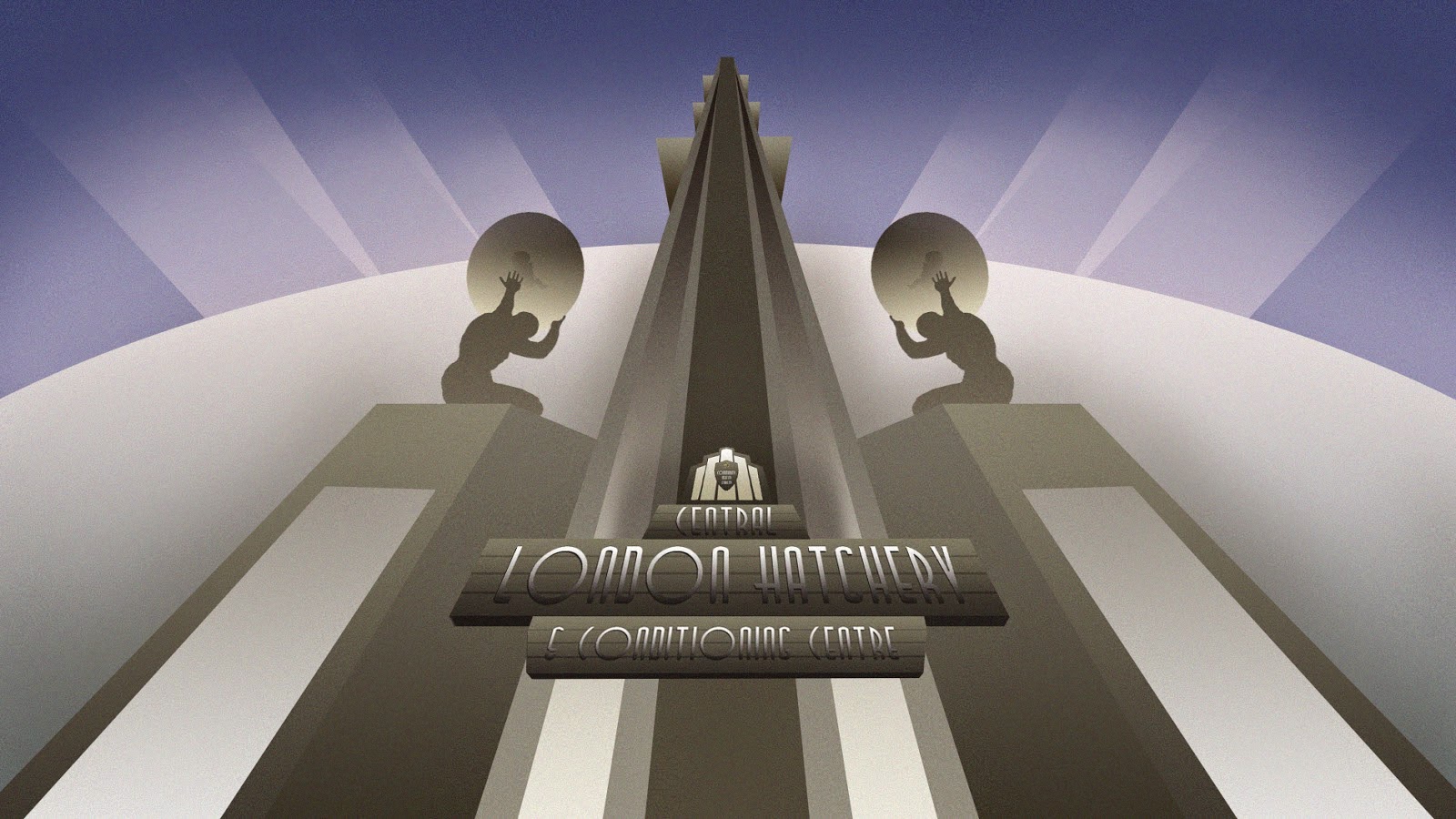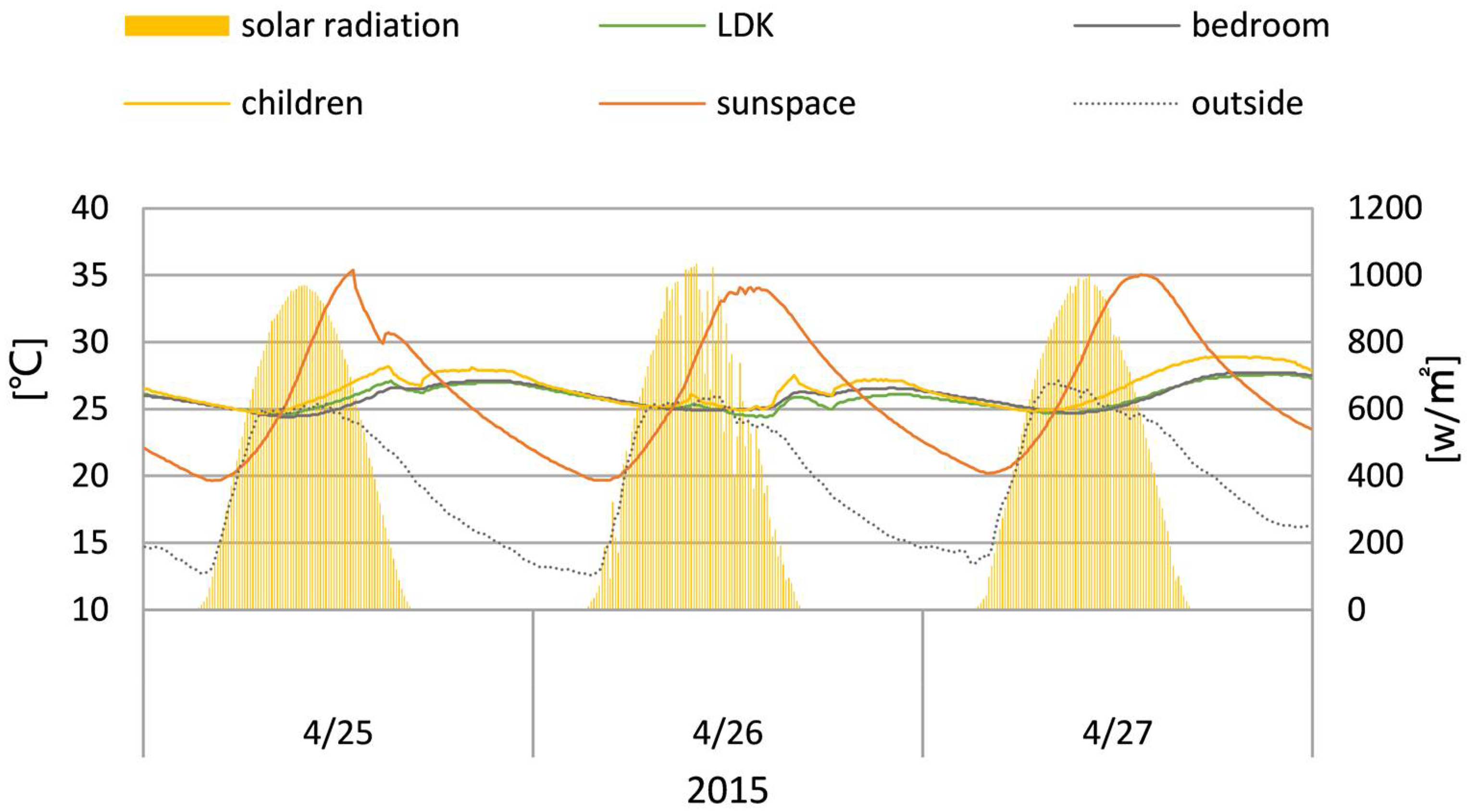Brave new world summary chapter 1 – In Brave New World Chapter 1, Aldous Huxley introduces us to a meticulously controlled and highly structured society that values stability above all else. This utopian world, however, comes at a price, as individuality and freedom are sacrificed in the pursuit of order.
The arrival of John the Savage challenges the very foundation of this society, exposing its flaws and contradictions. As we delve into this chapter, we will explore the themes of individuality, freedom, and the pursuit of happiness, while examining the use of symbolism and imagery to convey the story’s deeper meanings.
World State and Societal Structure

In Aldous Huxley’s visionary novel “Brave New World,” the World State is a futuristic society where the pursuit of stability and efficiency has led to a highly controlled and rigidly structured social system. Every aspect of life, from conception to death, is meticulously regulated and manipulated to ensure a harmonious and predictable existence.
The World State is governed by a set of fundamental principles and values that permeate every level of society. These principles include the pursuit of pleasure and instant gratification, the rejection of traditional values and individuality, and a profound belief in the power of technology and conditioning to shape human behavior.
Technology and Conditioning
Technology plays a pivotal role in shaping the lives of citizens in the World State. Advanced genetic engineering techniques allow for the creation of individuals with predetermined physical and mental characteristics. Hypnopaedia, a form of sleep-teaching, is used to indoctrinate citizens with the State’s ideology from a young age. Soma, a pleasure-inducing drug, is widely distributed to maintain contentment and quell any potential dissent.
The first chapter of Brave New World presents a futuristic society where citizens are controlled through genetic engineering and conditioning. While this society seems peaceful, it lacks genuine freedom and individuality. Similar to the clash between traditional and modern values in jujutsu kaisen chapter 242 , Brave New World explores the tension between stability and personal growth, highlighting the importance of embracing diversity and individuality.
The Arrival of the Savage: Brave New World Summary Chapter 1
The arrival of John the Savage, a young man from a distant, uncivilized land, disrupts the seemingly perfect society of the World State. His presence exposes the deep-rooted contradictions and hypocrisies that lie beneath the utopian facade.
Initial Interactions with the World State
Upon his arrival, John is met with a mix of curiosity and skepticism. The citizens of the World State are fascinated by his primitive ways and beliefs, but they also question his sanity. John, in turn, is appalled by the artificiality and shallowness of the World State’s society.
The Brave New World Summary Chapter 1 takes us to a dystopian society where individuals are genetically engineered and conditioned to fit into specific societal roles. However, in the depths of this seemingly perfect world lies a hidden rebellion, much like the one we find in dark fall chapter 47 . Despite the differences in setting and characters, both stories explore the themes of individuality, free will, and the consequences of societal control.
Returning to Brave New World Summary Chapter 1, we see how the protagonist, Bernard Marx, begins to question the norms of his society, setting the stage for a journey of self-discovery and rebellion.
Cultural Clash
The cultural clash between John and the World State becomes increasingly apparent as he interacts with its inhabitants. John’s emphasis on individuality, freedom, and passion conflicts sharply with the World State’s values of conformity, stability, and happiness.
In Brave New World, Chapter 1, we are introduced to the World State, a dystopian society where individuals are conditioned from birth to conform. Amidst this sterile world, a group of outsiders embark on a journey to the Savage Reservation, a land where individuality and freedom still exist.
Their quest mirrors our own search for meaning in a world that often feels lost and disconnected. Like the characters in the game Lost Lands 4 Bonus Chapter Walkthrough , they must navigate treacherous landscapes and confront their inner demons to rediscover the true nature of humanity.
As we follow their journey, we are reminded that even in the most oppressive of societies, the human spirit has an indomitable will to break free and embrace the unknown.
Impact on the World State
John’s arrival has a profound impact on the stability of the World State. His presence forces the citizens to confront the limitations of their society and question the true nature of happiness. His presence also sparks a growing movement of dissent among those who long for something more than the artificial paradise created by the World Controllers.
Exploration of Themes

Chapter 1 of “Brave New World” introduces several thought-provoking themes that set the stage for the novel’s exploration of human nature and societal values. These themes, including individuality, freedom, and the pursuit of happiness, are interconnected and contribute to the overall meaning of the chapter.
Individuality
The World State in “Brave New World” emphasizes conformity and genetic engineering, which suppresses individuality. Bernard Marx and Helmholtz Watson, two characters who question the norm, embody the theme of individuality. Bernard’s physical differences and Helmholtz’s intellectual curiosity highlight the challenges and importance of maintaining one’s unique identity in a society that values sameness.
Freedom
The citizens of the World State live in a highly controlled environment where personal freedoms are severely restricted. The use of soma, a mood-altering drug, and the conditioning of individuals from birth limit their ability to make choices and experience genuine emotions. The introduction of John the Savage, who represents an alternative way of life, raises questions about the true nature of freedom and the consequences of living in a society that values pleasure over independence.
Pursuit of Happiness, Brave new world summary chapter 1
The pursuit of happiness is a central theme in “Brave New World.” The citizens of the World State are constantly seeking pleasure and instant gratification, but their happiness is superficial and fleeting. The novel explores the idea that true happiness comes from meaningful relationships, personal growth, and a sense of purpose, which are all lacking in the dystopian society depicted in the chapter.
Symbolism and Imagery
In Chapter 1 of Brave New World, Aldous Huxley employs symbolism and imagery to establish the novel’s dystopian setting and explore its central themes.
The World State as a Machine
The World State is depicted as a meticulously controlled and efficient machine, where individuals are cogs in a larger system. This is symbolized through the imagery of conveyor belts, assembly lines, and standardized products. The citizens are conditioned from birth to conform to societal norms and suppress their individuality, becoming mere automatons.
The Savage as a Symbol of Nature and Freedom
The arrival of the Savage, John, disrupts the sterile order of the World State. He represents the untamed and natural world, a stark contrast to the artificial and controlled environment of the State. His presence symbolizes the longing for freedom, spontaneity, and genuine human connection that the citizens have lost.
The Lighthouse as a Beacon of Hope and Redemption
The lighthouse on the island where John is raised serves as a symbol of hope and redemption. It represents the possibility of escaping the confines of the World State and finding a more fulfilling existence. John’s journey to the lighthouse symbolizes his search for meaning and authenticity in a world that has suppressed these values.
The Red Rose as a Symbol of Love and Passion
The red rose that John brings to the World State becomes a powerful symbol of love and passion. It is a reminder of the emotional depth and intimacy that the citizens have forgotten. The rose’s vibrant color and delicate nature contrast sharply with the sterile and artificial world they inhabit, representing the longing for a more meaningful and authentic life.
Conclusive Thoughts

Brave New World Chapter 1 paints a vivid picture of a society that has achieved stability at the expense of human individuality and freedom. Through the character of John the Savage, Huxley raises profound questions about the nature of happiness, the value of conformity, and the importance of preserving our unique identities.